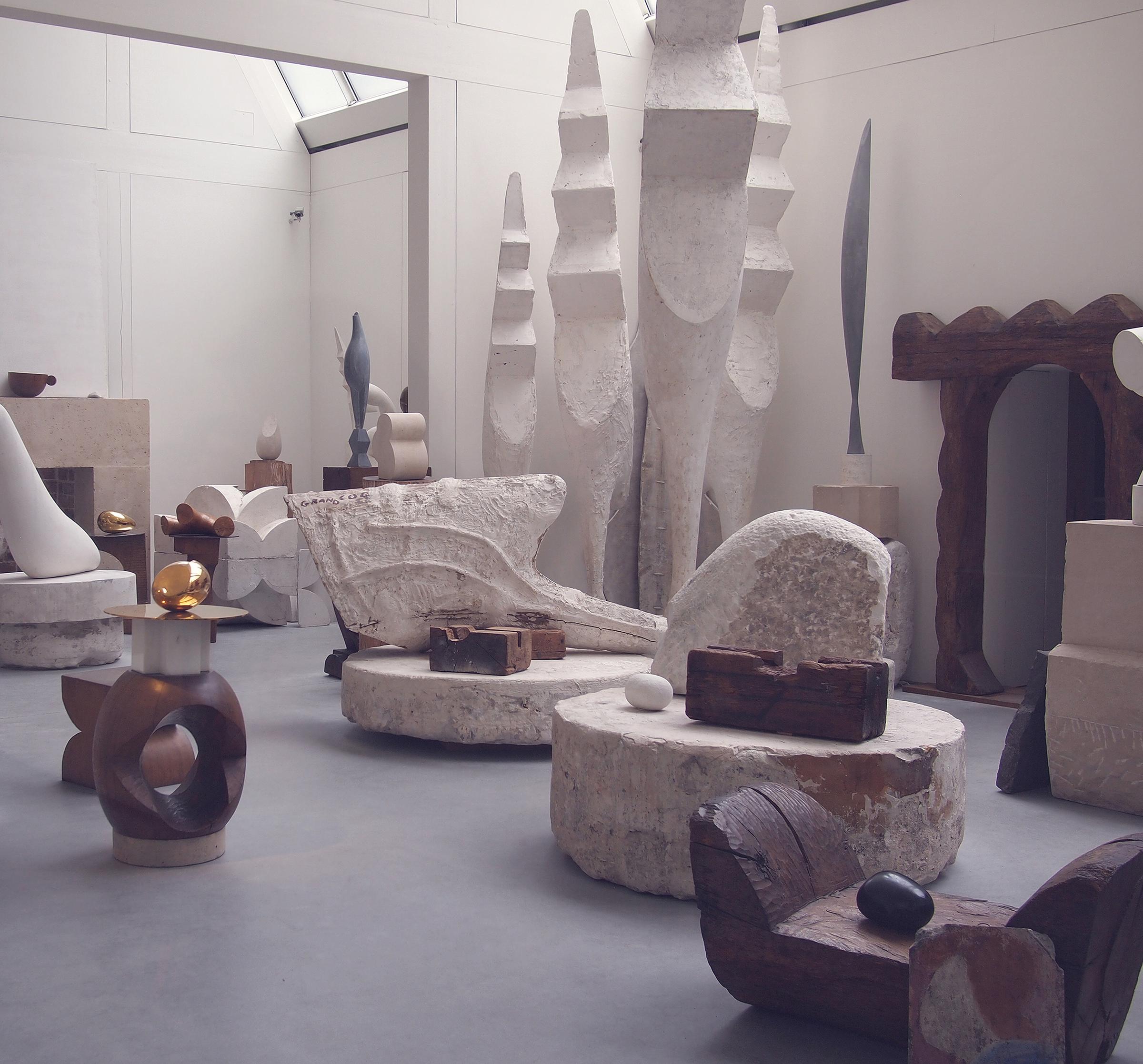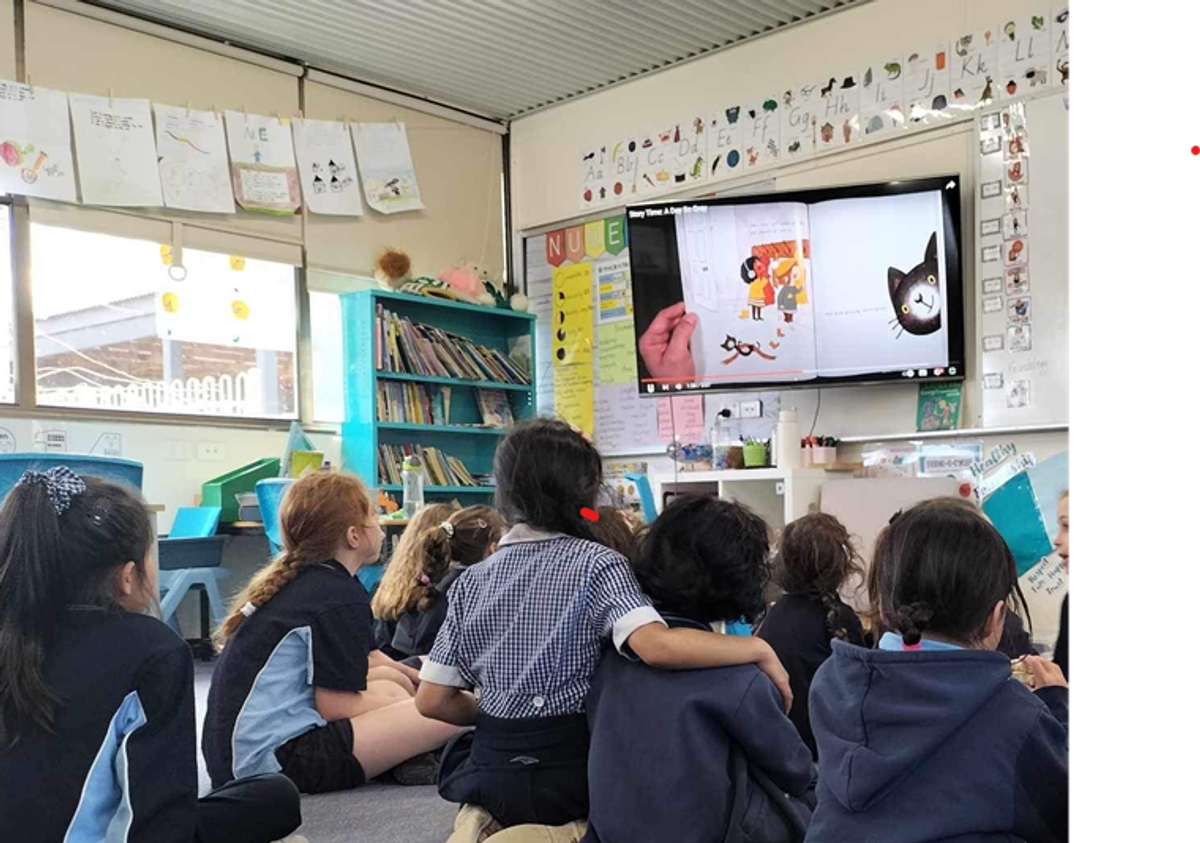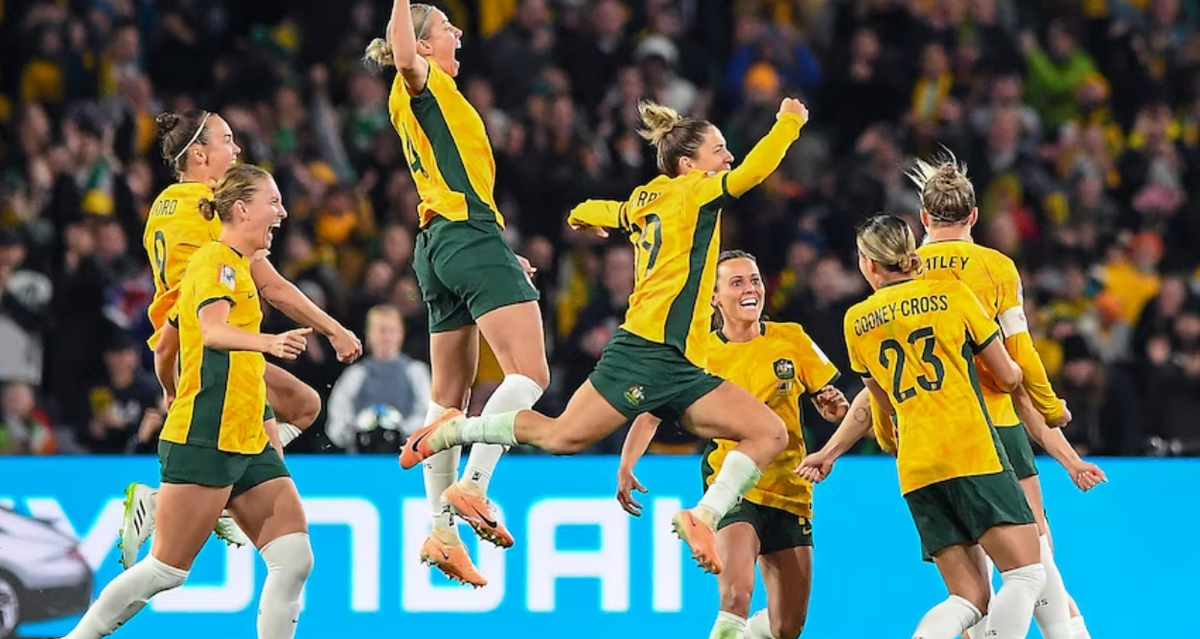Wellbeing - Assistant Principal
Marcus Leonard

Wellbeing - Assistant Principal
Marcus Leonard
At HEPS we are very lucky to run many different lunchtime clubs for students to enjoy. We have Lego Club for builders and Dance Club for those who want to to pass their time having a boogie. We are happy to announce that Mrs Smith and Mrs Shayesteah are now running Friendology Club every Monday and Wednesday.


The club gives all students an opportunity to connect with others whilst also reinforcing the skills that they have learnt through the Friendology program. The numbers attending this club are steadily increasing and we encourage all students to make the most from lunchtime clubs.


It was fantastic to see the Australian women win on Monday night and I know that many of our students and teachers are eagerly awaiting Saturday's quarter final against France. It is an inspiring reminder about what can be achieved when dedication and persistence pays off.
It is also a timely reminder regarding the massive, proven effects that exercise and physical activity have on children's wellbeing. This doesn't mean that we should all join a soccer club or a netball team. It simply means finding as many opportunities as possible for our children to be active. It may well mean that they spend less time on their devices too. The following tips are from the Raising Children Group which are a great resource for all things children, parenting and education.
The keys to getting children to be active are:
Dancing around the house, skipping and running around the backyard, playing with balls or flying a kite – it doesn’t matter how children move, as long as they have plenty of opportunities to move in ways they enjoy.
Physical activity is vital for children’s health and wellbeing, now and in the future. As children grow and develop, they need different types and amounts of physical activity. They also need time and space for free play.
Whatever space you have for physical activity and play is fine, so long as your child can move around and have fun.
If you feel that you don’t have a lot of play space at home, you could take your child to a park, sports field, beach, friend’s or family member’s house, library, school, community centre or other place with space to play.
You could also talk to neighbours with other young children about taking turns supervising your children’s play outside or at the local park.
When your child has plenty of time for play, they can explore and use spaces in their own way.
You might need to adjust your family schedule to help your child be more active. For example, you might schedule in active play with your child when you’re not working. This could be activities like kicking a ball or playing in the park.
You can also fit in more time for your child’s active play if you include it in everyday activities. For example, you could time how fast your child can pack away their toys or games. And the next time your child is packing up, see whether they can beat their record.
Plenty of variety in your child’s mix of play, sports, games and activities will keep them excited about moving. And when your child tries out different activities, they can pick up new skills, stay interested and challenged, and get enough physical activity into their day. They’re also more likely to find something they enjoy.
You can help your child find and try different activities.
For example, children who like balancing might enjoy climbing, cycling, playgrounds, dance or gymnastics. Others who like hand-eye coordination tasks might enjoy ball games in the park, ten-pin bowling, Frisbee or sports like cricket or tennis.